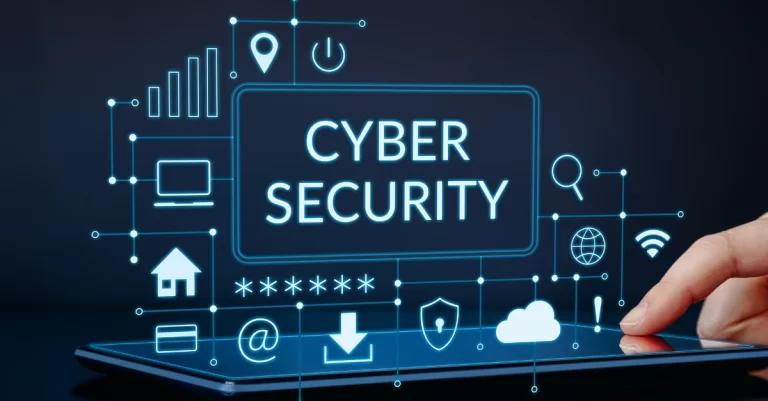How Do I Power My Wireless CCTV? Solar Power
How do I power my wireless CCTV? Learn how to power your wireless CCTV system effectively and efficiently. This comprehensive guide provides detailed information and expert tips on various power options, installation methods, troubleshooting, and more.
Discover the best practices to ensure optimal performance and security for your wireless CCTV system.

How Do I Power My Wireless CCTV?
Wireless CCTV systems provide a convenient way to monitor and secure properties without the need for extensive wiring.
These systems utilize wireless technology to transmit video signals from the cameras to the receiver or network video recorder (NVR).
However, even though the video signals are transmitted wirelessly, the cameras still require a power source to operate effectively.
Powering Options for Wireless CCTV
When it comes to powering your wireless CCTV system, you have several options to consider. Each option has its advantages and considerations, so let’s explore them in detail.
1. Solar Power for Wireless CCTV
Solar power is an eco-friendly and cost-effective option for powering your wireless CCTV system.
By harnessing energy from the sun, solar panels can charge batteries that provide continuous power to your cameras.
Solar-powered CCTV systems are ideal for remote locations where access to traditional power sources is limited. To set up a solar-powered CCTV system, you’ll need solar panels, batteries, a charge controller, an inverter, and cables.
The solar panels capture sunlight and convert it into electrical energy, which charges the batteries. The batteries, in turn, power the cameras and store excess energy for nighttime operation.
2. Battery Power for Wireless CCTV
Battery power is another popular option for powering wireless CCTV systems. This option is especially useful in areas prone to power outages or where access to electricity is limited.
Battery-powered CCTV systems provide a reliable and uninterrupted power supply to your cameras.
When choosing batteries for your wireless CCTV system, opt for deep-cycle batteries that can handle the power demands of your cameras.
It’s essential to regularly monitor and maintain the batteries to ensure optimal performance.
3. Power Over Ethernet (PoE)
Power Over Ethernet (PoE) is a convenient and efficient method to power your wireless CCTV system, especially if you already have a wired network infrastructure in place.
PoE eliminates the need for separate power cables for your cameras by transmitting power and data over a single Ethernet cable.
To utilize PoE, you’ll need a PoE switch or a PoE injector. The switch or injector delivers power to the cameras through the Ethernet cable, simplifying installation and reducing cable clutter.
PoE also allows for centralized power management and remote access to cameras.
4. Traditional Power Outlet
If you have access to a traditional power outlet near your cameras, you can simply plug in the power adapters provided with your wireless CCTV system.
This option is straightforward and requires no additional setup. However, it’s essential to ensure that the power outlet is protected from the elements and that the cables are properly secured.
CCTV Wiring Considerations
When setting up your wireless CCTV system, it’s crucial to consider the wiring requirements, even though the cameras are wireless.
Proper wiring ensures a reliable power supply and minimizes potential issues. Here are a few considerations to keep in mind:
1. Cable Length
Opt for high-quality cables that provide sufficient length to connect your cameras to the power source. Avoid using extension cables excessively, as they can cause power loss and signal degradation.
2. Cable Protection
Use cable conduits or protective casings to shield the cables from environmental factors, such as extreme temperatures, moisture, and physical damage.
3. Hidden Wiring
Conceal the wires as much as possible to enhance the aesthetics of your CCTV system and prevent tampering.
4. Safety
Follow electrical safety guidelines when working with power cables and connections. If unsure, consult a professional electrician.
Weatherproofing Your Power Source

To ensure the longevity and reliability of your wireless CCTV system, it’s vital to weatherproof the power source and connections.
Exposure to harsh weather conditions can damage the power supply and affect the performance of your cameras. Here are some tips to weatherproof your power source:
1. Outdoor Enclosures
Invest in weatherproof enclosures for power supplies, batteries, and other electrical components. These enclosures protect against rain, snow, dust, and other elements.
2. Sealed Connections
Seal the connections between cables and power sources using waterproof connectors or electrical tape. This prevents moisture ingress and minimizes the risk of short circuits.
3. Proper Mounting
Ensure that power supplies and batteries are mounted securely in a dry and elevated location, away from direct contact with the ground.
Troubleshooting Power Issues
Sometimes, you may encounter power-related issues with your wireless CCTV system. Here are some common problems and troubleshooting tips:
1. Intermittent Power: Check for loose connections and ensure that the power cables are securely plugged in.
2. Power Outages: If you experience frequent power outages, consider investing in a backup power supply, such as batteries or a generator.
3. Battery Drainage: Monitor the battery levels regularly and replace them if they no longer hold a charge.
4. Insufficient Power: Verify that the power supply can handle the power demands of your cameras. If necessary, upgrade to a higher-capacity power source.
Conclusion
Powering your wireless CCTV system effectively is essential to ensure its reliable operation and maximize the security of your property.
By considering the different power options, wiring considerations, weatherproofing techniques, and troubleshooting tips mentioned in this comprehensive guide, you’ll be well-equipped to set up and maintain a robust and efficient wireless CCTV system.
Remember, each power option has its own advantages and considerations, so choose the one that aligns with your specific needs and circumstances.
READ ALSO!!!





